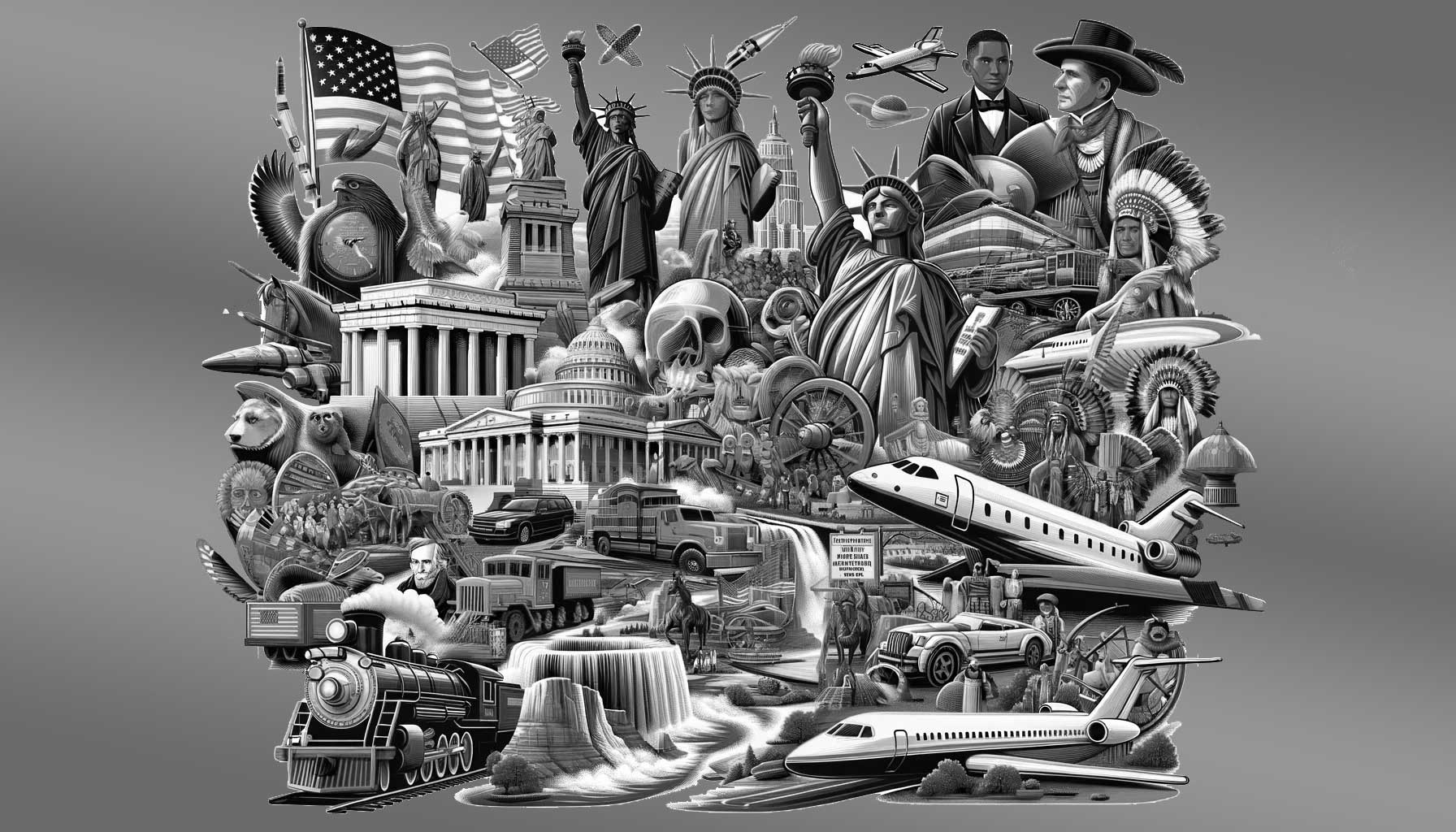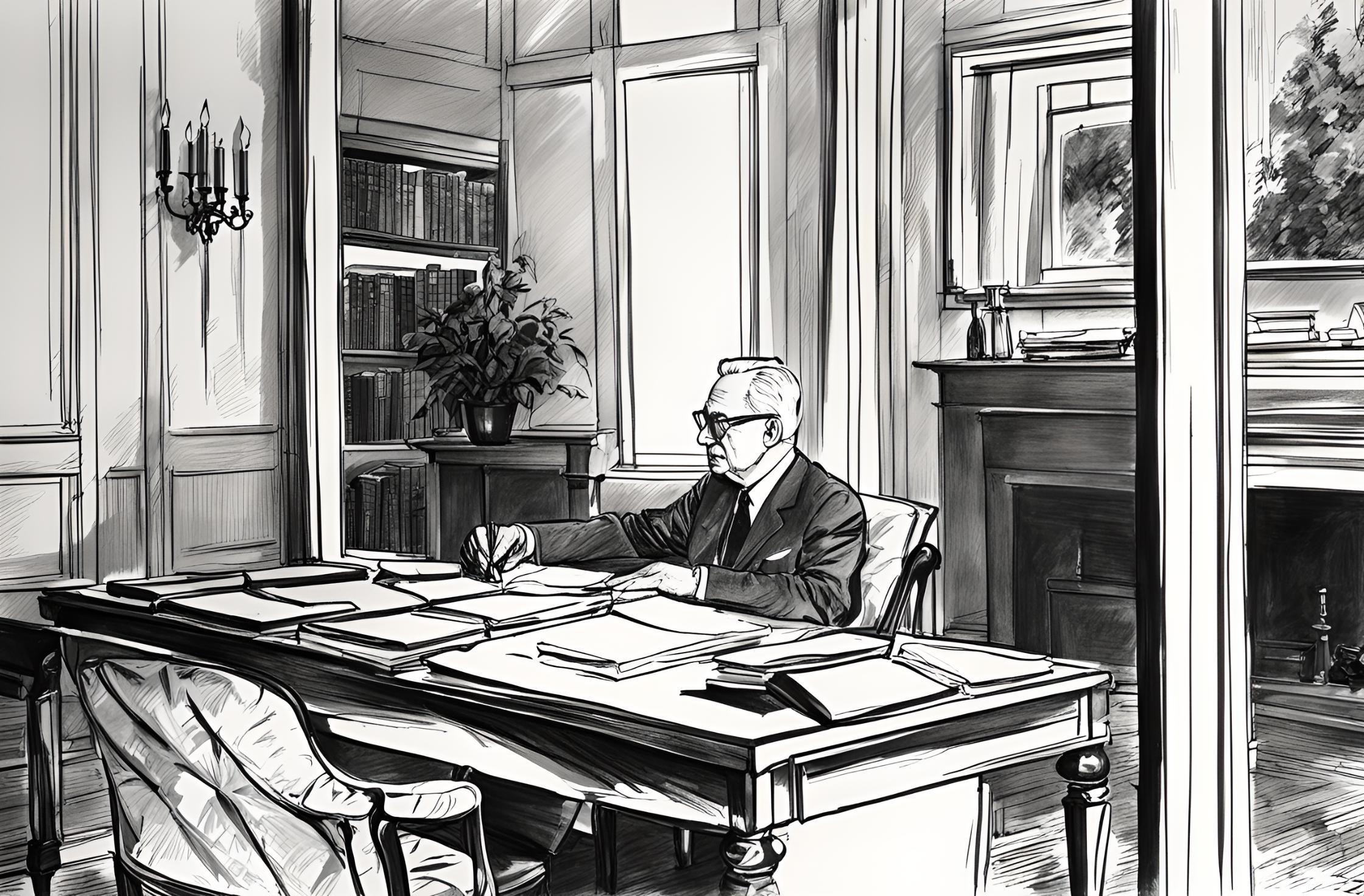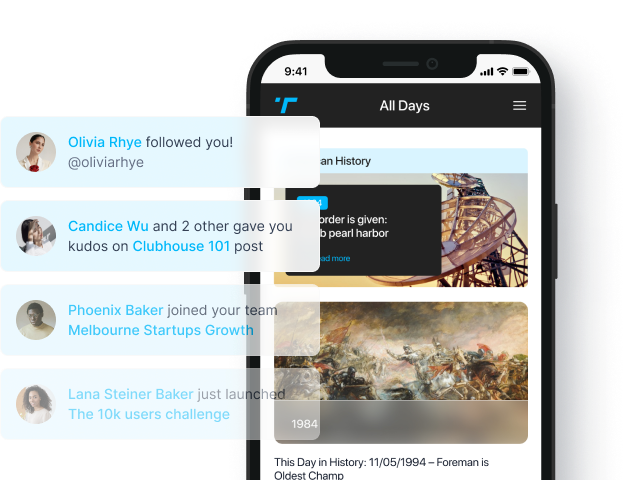Flashback to November 1
American History

On November 1, 1951, a spectacle of epic proportions, both terrifying and awe-inspiring, occurred in the arid plains of New Mexico, USA. This day marked the historic occurrence of the first atomic explosion witnessed by troops, a momentous event that would forever change the course of warfare and international relations.
Occupying a significant juncture in the annals of military history, the event held far-reaching implications for the wider world. The explosion, a testament to the passage from traditional warfare to a nuclear era, demonstrated the frightening yet fascinating power that mankind had unlocked.
The venue for this historic event was New Mexico, known for its diverse landscapes, ranging from snow-capped mountains to sun-baked deserts. However, on this particular day, the usually calm and serene desert felt the full force of mankind’s latest, terrifying invention. Operation Buster-Jangle, a series of seven nuclear tests, carried out by the United States Atomic Energy Commission and the Atomic Energy Act, had commenced.
The very first of these tests, code-named “Able,” held at the Nevada Proving Grounds, witnessed a 1-kiloton bomb detonated from a tower, illuminating the early morning desert sky in terrifying brilliance. For the first time in history, US troops were present, within approximately five miles of the epicenter, to witness this unparalleled display of power.
Unlike the covert affair of the first atomic bomb testing in 1945, this event was designed for witnesses. Approximately 6,500 troops present got a firsthand understanding of the terror they could potentially unleash. The goal was to acclimate soldiers to the mechanics of nuclear warfare and gain vital information about the operational capabilities of atomic weapons.
The troops, huddled in trenches in the gritty desert, experienced the thunderous shock waves, radiant heat, and the blinding flash associated with an atomic explosion. Protected by nothing more than their regulation uniforms and eyewear, these soldiers braced against the heat and shock, forever etching the spectacle’s memory into their consciousness.
This landmark event occurred amidst the backdrop of the escalating Cold War, where nuclear supremacy had become the ultimate symbol of national strength. As the United States and Soviet Union raced to develop more powerful weapons, the first-hand witnessing of the atomic detonation by US troops underscored America’s nuclear prowess.
However, beyond power, the event underscored the devastating effects of atomic warfare. The haunting, mushroom-shaped cloud, synonymous with nuclear explosions, served as a grim reminder of the potential hazards of nuclear warfare on both the environment and humanity.
In terms of archival importance, the first atomic explosion witnessed by troops in New Mexico marks a significant juncture in American military history and international relations. It set precedence for the eventual incorporation of nuclear strategies into military doctrine and the subsequent negotiations regarding nuclear armament controls at international forums.
This event does not only mark the dawn of a new military era but also serves as a pivotal reminder of the inherent dangers posed by nuclear weapons. As we revisit this monumental event, we are reminded of the profound impact this technology had on the trajectory of world history, and ultimately, the stark realities of warfare in our current age.
While revisiting the history of the first atomic explosion witnessed by troops, we should aim to highlight the lessons learned and the dire conditions endured. Remembering this event can shape our understanding of nuclear warfare and help steer global efforts for a more peaceful world. The first atomic explosion witnessed by troops in New Mexico is a pivotal chapter in our history, a stark reminder of the power we wield, and the caution we must exercise with it.
We strive for accuracy. If you see something that doesn't look right, click here to contact us!
Sponsored Content

Puerto Rican nationalists (Collazo…
On November 1, 1950,…

While campaigning for President…
On November 1, 1960,…

First atomic explosion witnessed…
Witness the haunting historical…

Fortifications built on Angel…
Discover the pivotal role…

